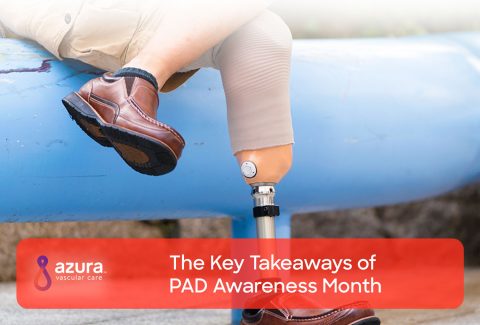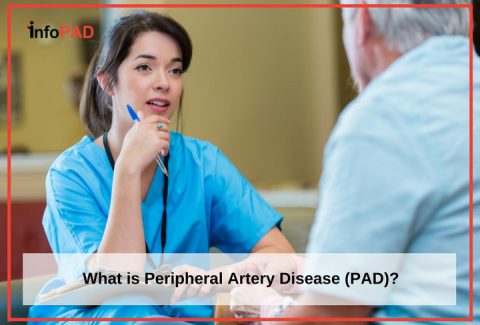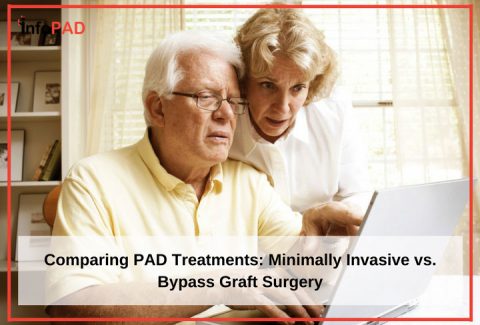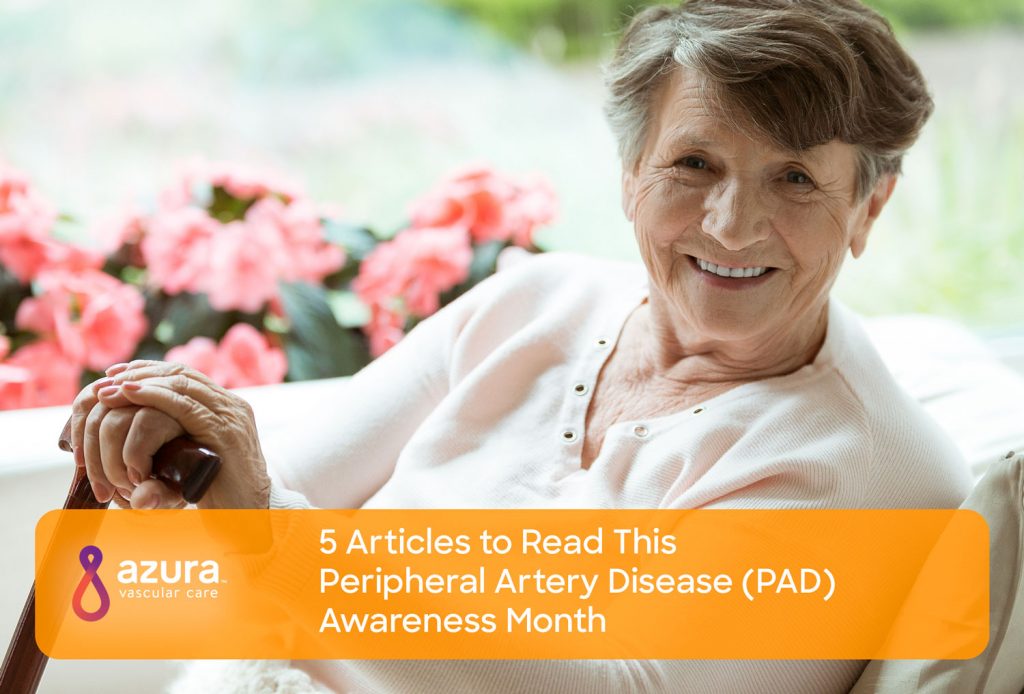
During the month of September, the CardioVascular Coalition launches a national campaign to spread awareness of Peripheral Artery Disease (PAD). PAD is a circulatory disease in which blocked or narrowed (stenotic) arteries reduce blood flow to the extremities, most commonly, the legs and feet. PAD is a serious, vascular condition that often goes undiagnosed and could lead to amputation if left untreated.
In support of PAD awareness month, Azura Vascular Care is helping to spread the message that early diagnosis and treatment matter to avoid amputation. By providing resources to learn more about this serious, progressive disease that affects one in twenty Americans over age 50, we hope to help reduce the rate of unnecessary amputation due to vascular disease. Know the risk factors, the symptoms and the treatment options.
Read our top five PAD blog articles to learn more.
Our top 5 PAD blogs:
1. What is Peripheral Artery Disease (PAD)?
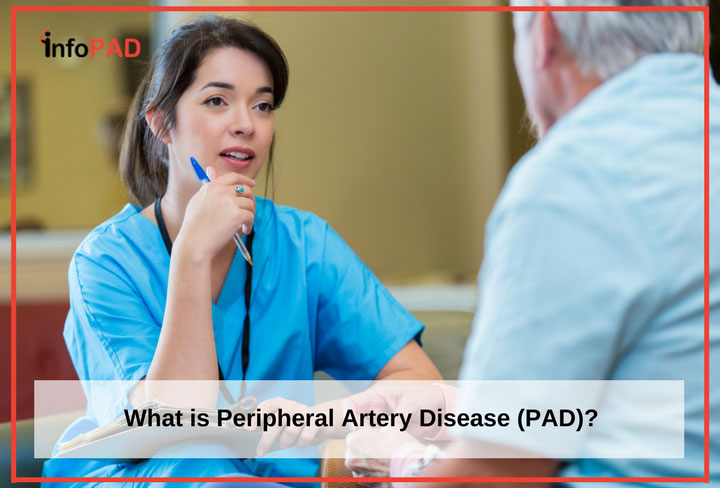
Do you experience a feeling of heaviness in your legs, mild to severe leg pain while walking or climbing stairs that goes away with rest, or sores on your legs or feet that won’t heal or are slow to heal? You may be suffering from peripheral artery disease (PAD). By reading this article, you will gain an understanding of PAD, the risk factors and symptoms.
2. Glossary: Medical Terms for PAD
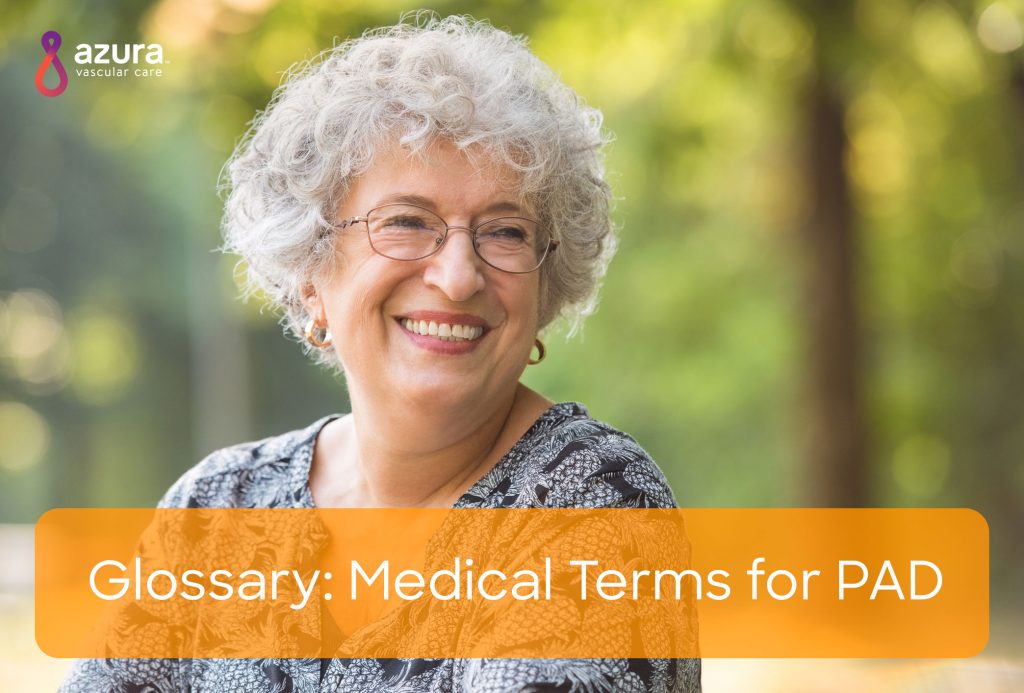
Misunderstood medical jargon can be a barrier to effective communication with your healthcare team. If you have been diagnosed with PAD, demystify the medical terminology you may often hear used by your healthcare team. We encourage you to use this glossary to become fully informed about your health and prepare you to ask important questions related to this disease or treatment options.
3. Early Detection and Timely Treatment for Peripheral Artery Disease Matters
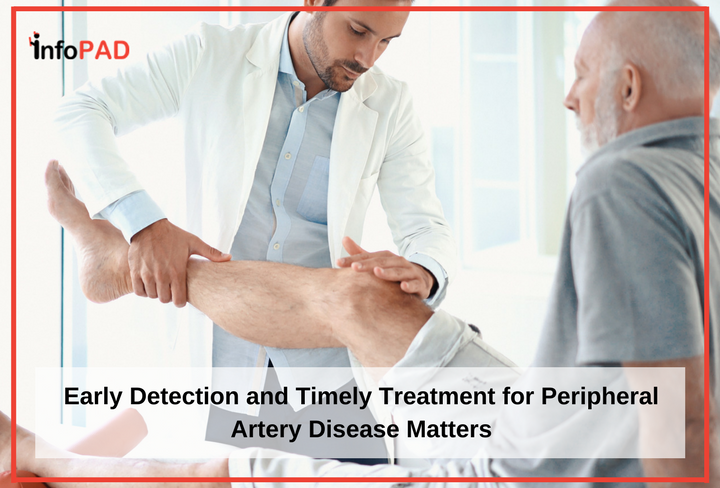
Do you think you have Peripheral Arterial Disease (PAD)? If you are experiencing symptoms of PAD, such as sores or wounds on your legs, lower temperature in one leg, poor toenail growth or discoloration, you may already have PAD and immediate treatment is possibly needed. Read this article to learn about PAD and the more serious symptoms of this disease and uncover your risk with this PAD risk assessment.
4. 4 PAD Treatment Options That May Help Your Leg Pain
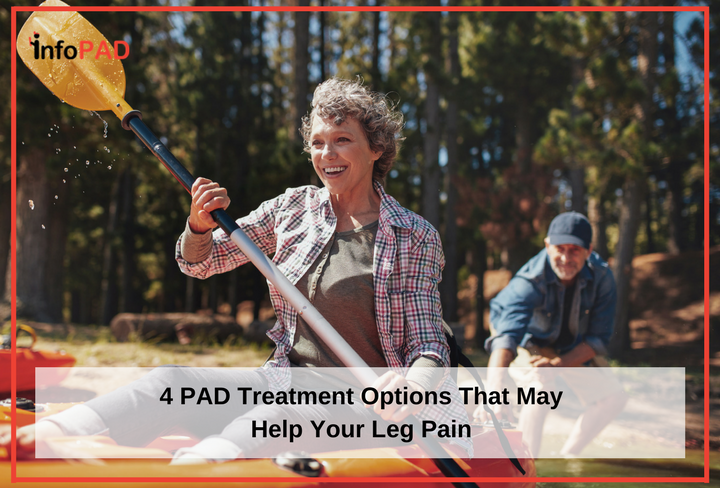
Is PAD the cause of your leg pain? In this article, we explore four of the most common treatment options for PAD which include lifestyle changes, taking prescription medications, minimally invasive procedures such as angioplasty, stenting and atherectomy, and traditional surgical procedures. If you are dealing with PAD, this article will further inform you about your treatment for leg pain.
5. Comparing PAD Treatments: Minimally Invasive vs Bypass Graft Surgery
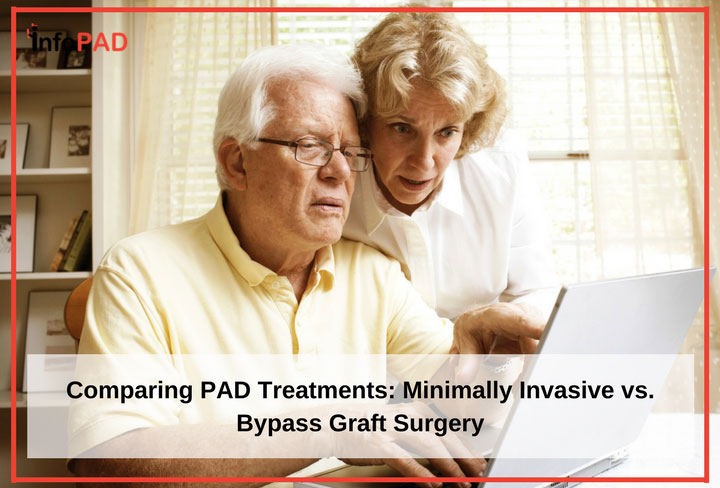
Peripheral Artery Disease (PAD) can be treated with bypass surgery or minimally invasive endovascular procedures such as angioplasty, stenting and atherectomy. Bypass surgery is an open surgical procedure which creates a new path for blood to flow by using a section of a healthy blood vessel, effectively bypassing the blockage. Endovascular procedures are much less invasive to the patient, using catheters to reach the blockage or blockages within an artery. To educate yourself on these two types of treatment options, advantages of minimally invasive techniques and possible risks of both, read on. For further assistance, reach out to a PAD specialist who can assess your prognosis and make recommendations for treatment.
As we strive to raise PAD awareness in the month of September, we encourage you to evaluate your personal risk for PAD by taking the Peripheral Artery Disease Risk Assessment. If you have already been diagnosed with PAD, we urge you to speak with a vascular specialist who can determine the best treatment options to slow disease progression. Early detection and treatment can help improve quality of life and reduce the risk of amputation, and in a worst-case scenario, death.
